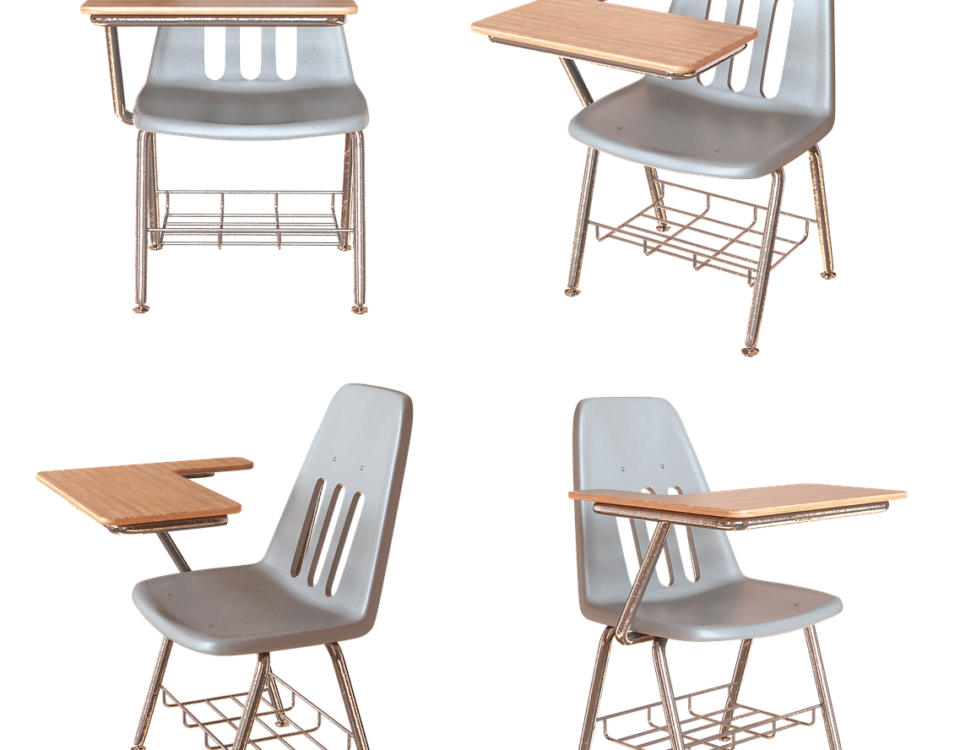Future Directions in Rapid Prototyping Technology part.1

Challenges and Demands in Rapid Prototyping Technology
February 11, 2025
Future Directions in Rapid Prototyping Technology part.2
February 11, 2025Rapid Prototyping (RP) technology, a cornerstone of modern manufacturing, has been evolving since its inception, largely driven by the need to meet increasingly complex engineering requirements. As the technology matures, several key development directions have emerged that promise to further enhance its capabilities and expand its applications across various industries.
1. Direct Rapid Prototyping of Metal Parts
Initially, RP technology was predominantly used for creating non-metal prototypes due to limitations in material strength and mechanical performance, which did not meet the rigorous demands of engineering applications. Since the early 1990s, however, there has been a concerted effort, particularly among leading RP technology firms internationally, to develop methods for the direct rapid manufacturing of metal parts. This shift aims to transform rapid prototyping into rapid manufacturing technology, significantly broadening its application spectrum by incorporating advanced surface treatment technologies to improve durability and combining with traditional manufacturing processes like injection molding and precision casting to economically produce metal molds, parts, and plastics.
2. Conceptual Innovation and Process Improvement
The precision of rapid prototyping currently stands at around 0.1 mm, but there is room for improvement in surface quality. The strength and toughness of molded parts still fall short of meeting practical engineering needs. Therefore, enhancing the precision, strength, and toughness of parts while reducing operational costs of the equipment is critical. Merging RP technology with traditional manufacturing to create rapid product development and manufacturing systems is also a crucial trend. For example, combining rapid prototyping with precision casting can quickly produce high-quality metal parts.
3. Data Optimization and Evolution of Layering Techniques
Rapid prototyping data processing, which involves converting three-dimensional CAD models into STL format and using specialized RP software for planar slicing, is pivotal. The inherent flaws of the STL format can reduce part precision, and the planar layering approach can degrade surface quality and dimensional accuracy. Developing new model slicing methods will revolutionize layering techniques, such as feature-based direct slicing from CAD raw data, curved layering, and three-dimensional layering, reducing data processing requirements and minimizing defects and distortions from STL conversion.
4. Specialization and Scaling of RP Equipment
Different industries and applications have specific and sometimes unique requirements for RP equipment. For example, in medical settings where space and noise are concerns, the development of portable RP devices tailored for hospital use has significant market potential. Conversely, the automotive industry often requires large cover parts, necessitating the development of large-scale RP equipment. Efforts in Japan and at Tsinghua University in China have led to the creation of some of the world’s largest RP machines, capable of forming dimensions up to 1600mm x 800mm x 750mm.
5. Development of Superior Performance Materials
Advancements in RP technology are closely tied to the development of new rapid prototyping materials, particularly composites like nanomaterials, heterogeneous materials, and other composites that are difficult to produce by traditional methods. Research and development in RP materials are vigorous, with a focus on creating new composites that offer the appearance and performance of engineering compounds, such as the DuraForm AF plastic developed by 3D Systems for the SLS process. This material combines the aesthetics of aluminum with the surface quality and durability of nylon, ideal for aerodynamic models, fixtures, household items, and casting models.
6. Standardization and Series Production of RP Materials
Most rapid prototyping materials are currently provided individually by equipment manufacturers, which leads to poor interoperability and suboptimal material properties. Developing high-performance, specialized RP materials and standardizing them will greatly promote the technology’s advancement. Additionally, there is a need for cost-effective, easily moldable, minimally deforming, high-strength, durable, and non-polluting materials. Adapting existing materials, especially functional materials, to meet the specific process requirements of RP technology, will reduce costs and spur the development of new, more affordable materials.
In conclusion, rapid prototyping is set to become even more integral to modern manufacturing as it evolves to meet the needs of various industries through technological innovations and advancements in materials science.


